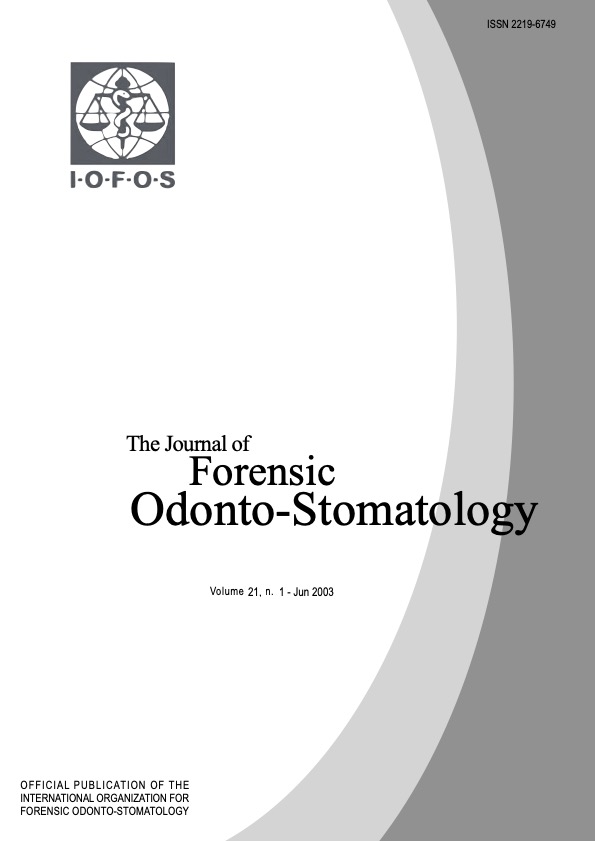The detection of morphine and codeine in human teeth: an aid in the identification and study of human skeletal remains
Abstract
When studying unidentified putrefied or skeletonised human remains it may be difficult to obtain information on drug habits which may prove important for the construction of a biological profile or lead to hypotheses on the manner of death. The detection of morphine and codeine in teeth from human remains may prove crucial in obtaining such information and thus give forensic odontology and anthropology a further tool for identification. Because teeth can be an important deposit of exogenous substances accumulated both in the pulp and in the calcified tissues, they are an invaluable source of data from a toxicological point of view. The authors therefore tested 3 groups of teeth for morphine and codeine: the first group consisted of artificially aged teeth from individuals known to have died of heroin overdose; the second, of teeth from individuals with no history of drug abuse; the third, of teeth from cases of burnt, putrefied and skeletonised remains found in conditions strongly suggestive of a drug-related death. Results showed that in groups I and 3 morphine and codeine could still be identified in the teeth, proving that these tissues may be a reliable source for toxicological information concerning the history of the individual. Further studies are needed to verify whether the substances detected reflect drugs in circulation in an acute phase (and therefore present in blood vessels in the pulp) or whether they represent drugs which have percolated and been stored in dentine and enamel and thus denote a history of drug abuse. Nonetheless this study shows that teeth may be an important source of toxicological information in the forensic scenario.

